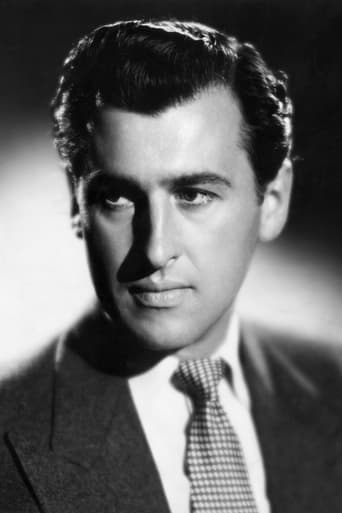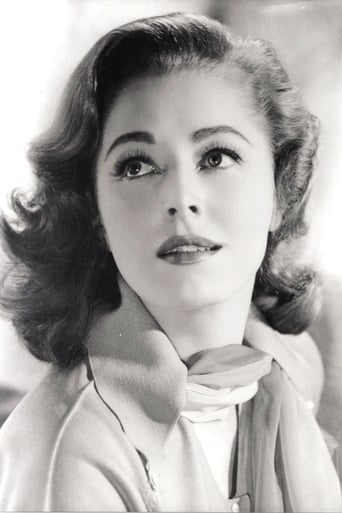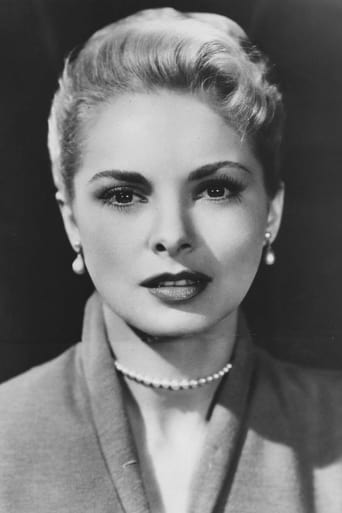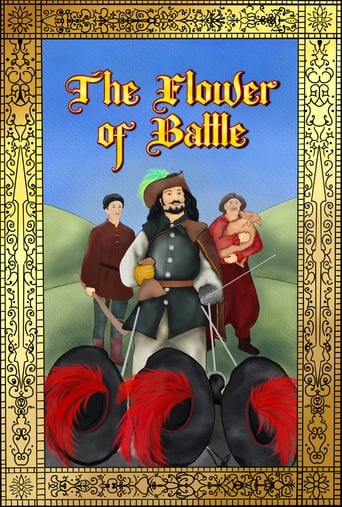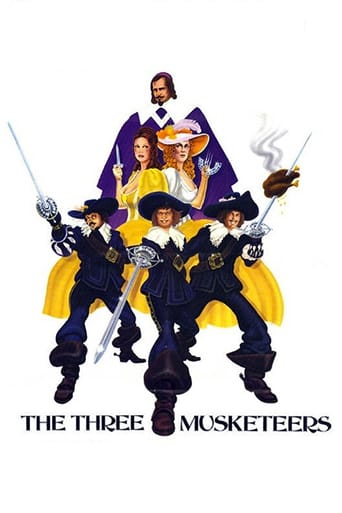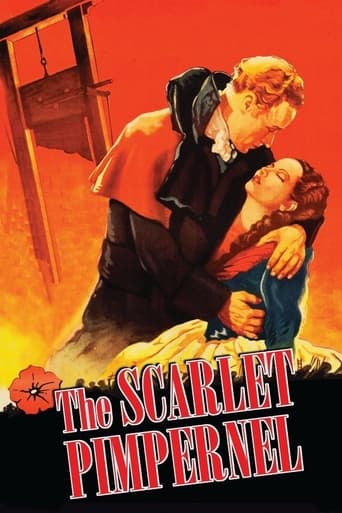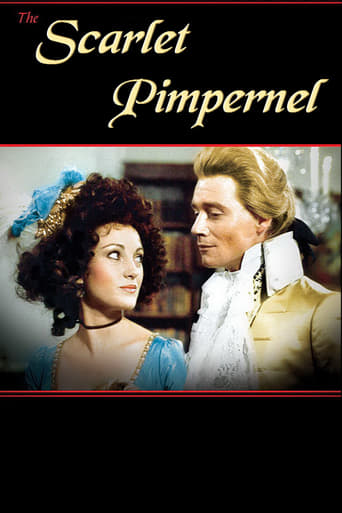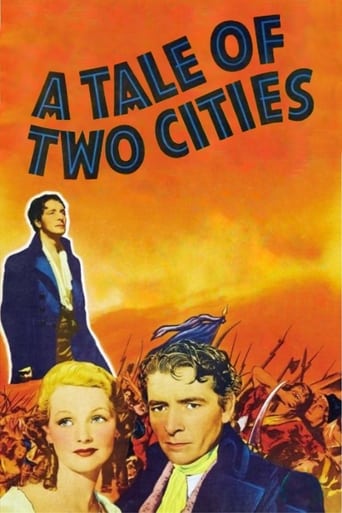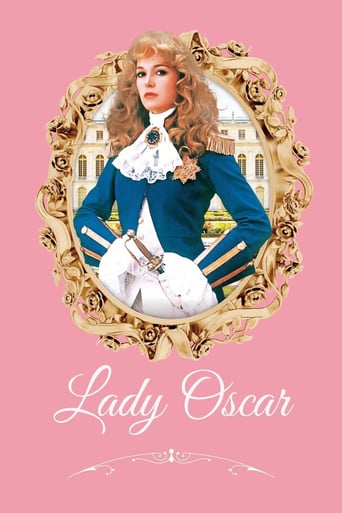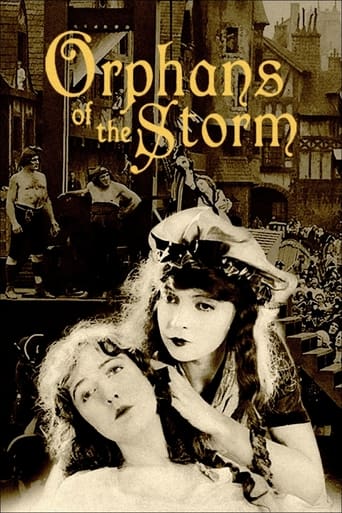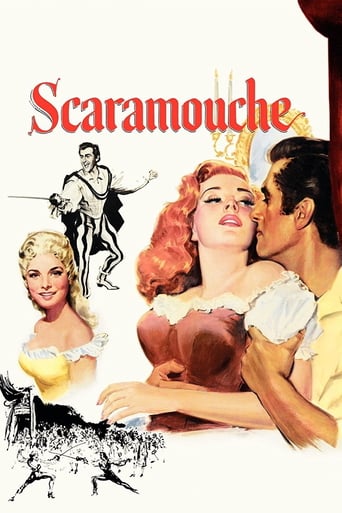
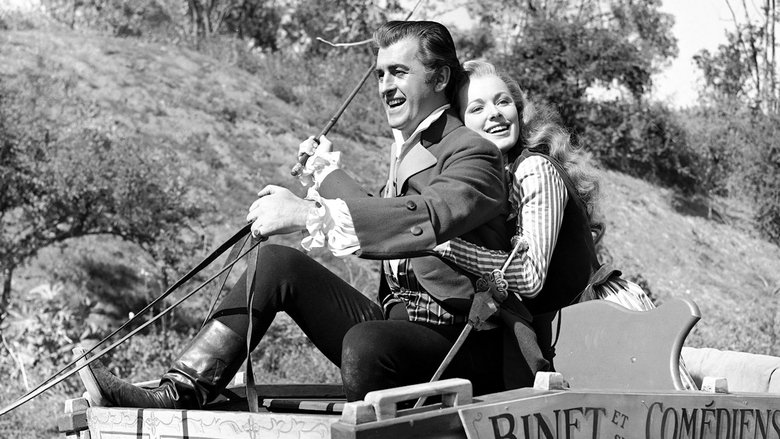
Scaramouche (1952)
In 18th-century France, a young man masquerades as an actor to avenge his friend's murder.
Watch Trailer
Cast
Similar titles

Reviews
Simply Perfect
If you don't like this, we can't be friends.
Fanciful, disturbing, and wildly original, it announces the arrival of a fresh, bold voice in American cinema.
Worth seeing just to witness how winsome it is.
Here it is, sixty-five years after the filming of Scaramouche and I have just completed my first viewing of this gem. It was born the year of my birth.I had no clue, convincing swordfighing could last as long as seven minutes in any film. Having never met a fencer, I grew to consider the sport lacking in swordsmen. After all, this is 2017, not 1952. The genre of swashbuckling, obviously, was more in step with former viewers. At least, that's what I thought.After some reading, my view has changed.I discovered, to my surprise, the sport has returned to the U.S. and is being labeled an exercise to relieve stress, tone up the body and mind, and to give a great workout.This motion picture is certainly the one to watch if one needs that extra push to learn fencing. I enjoyed the fighting scenes immensely, especially the offense and defense that moved André Moreau (Stewart Granger)and Marquis De Maynes (Mel Ferrer) from every inch of the theater balcony, down the stairs, into the fully seated auditorium, to the rear props storage rooms, then onto the stage, to finish with a surprising end.I also discovered Jean Heremans, a European fencing champion, was hired by MGM in 1948 to supervise the swordfighting on The Three Musketeers. I feel all the swordplay sequences in Scaramouche were superbly staged by Heremans.Not knowing anything about pre-French revolution attire, I found the costumes, although elaborate and layered, well able to accentuate the best of one's body. The young women certainly liked to show off their thin waists and cleavage, although I wonder just what was under those dresses to cause their waists to be as thinly attractive and convincing.How most of the cast managed not to sweat profusely amazes me.Both actresses, Aline (Janet Leigh) and Lenore (Elaine Parker) were dressed to stand out in every scene.The storyline is realistic enough and believable to a point. Escapes seemed contrived, a bit deus ex machina, especially the trapdoor scene. Still, I felt satisfied at close of the film.It was two hours well spent.
As is often the case with stories set in France around the time of the Revolution, the theme of this movie is the brotherhood of man, metaphorically represented by brothers (and sisters) in a more literal sense. Andre Moreau is the bastard son of an unknown aristocrat who has supported him for years as a way of buying his silence. His lover is Lenore, an actress with a traveling troupe that performs in commedia dell'arte. Though they plan to get married, yet one can see a certain playfulness between them, almost as if they are brother and sister, and thus we never take their relationship too seriously. Philippe, Andre's adoptive brother, is to be their best man, but the marriage plans get interrupted when Andre finds out that soldiers are looking for Philippe, having found out that he is the author of subversive pamphlets.Andre goes to the lawyer Fabian, who has mediated the allowance payments, in order to get an advance. When Andre finds out that the allowance has been cut off, he compels Fabian to tell him that his father is the Count de Gavrillac. With Philippe by his side, he journeys to the Gavrillac estate to insist that the allowance be continued. Along the way he meets and falls in love with Aline. Unlike his love for Lenore, this love is serious, the love of his life. But alas, he soon discovers that she is the daughter of the Count de Gavrillac, and thus is his sister. Later, he also finds out that the Count de Gavrillac has died, thereby explaining why the allowance has been stopped.He and Philippe stop off at an inn, where they run into Noel, Marquis de Maynes, who realizes that Philippe is Marcus Brutus, the author of the pamphlets. He provokes Philippe into a duel and kills him. Andre swears that he will kill de Maynes with a sword, making him die the way Philippe did. To avoid being imprisoned, Andre joins the troupe as Scaramouche, a stock character who wears a mask. This gives him time to take fencing lessons.Meanwhile, at the behest of Marie Antoinette, de Maynes, who is her lover, agrees to marry Aline, so that his noble family can continue, but he soon falls in love with her. Eventually Andre is ready to meet de Maynes in a duel, but complications keep them apart. Finally, one night at the theater, Scaramouche spots de Maynes, removes his mask, and the long-awaited sword fight begins. When he finally has his sword at de Maynes' breast, he finds that he cannot kill him. Later, he discovers the reason why. His real father was the previous Maquis de Maynes, and thus he and Noel are brothers. As his adoptive father tells him, he could not kill his brother. This also means that Andre and Aline are not really brother and sister, and thus are free to marry.The idea that Andre cannot kill de Maynes because, unbeknownst to him, they are brothers sounds far-fetched, but this is to be understood metaphorically. In the motto of the French Revolution, "Liberty, Equality, Fraternity," the idea of Fraternity is that all men are brothers and thus should treat one another as such, which means, in part, that they not kill each other. It is in this metaphorical sense that just before his duel with Philippe, de Maynes said, "A de Maynes is no man's brother," although he also thought he had no brother in the literal sense too. Of course, when we say, "All men are brothers," we use the masculine gender to include both sexes. I suppose one could say, "All persons are siblings," but that just does not quite stir the soul in the same way. In any event, all the confusion as to who is the brother (or sister) of whom throughout this movie, leads us to the question, "Who is my brother?" for which the answer is, "Everyone."There are several differences between this movie and the book, but in many ways, the movie is better. My favorite difference, however, concerns the fencing skills of the main characters. It is almost a cliché in stories like this that the villain is thought to be the greatest swordsman in all France, only the hero turns out to be even better. And so it is that in the book, when Andre takes fencing lessons, he becomes so good that he has to pretend to lose to his fencing instructor so as not to embarrass him, so he can keep his job as assistant.At first, the movie seems to be setting up that kind of situation. While de Maynes and Philippe are fencing, Andre insists that the duel is nothing but murder, because de Maynes is the greatest swordsman in France. But later, Andre watches through a window and sees de Maynes practicing with his fencing instructor, who knocks the sword out of de Maynes' hand. It is then Andre realizes that de Maynes can be beaten. And when Andre takes lessons himself, he is never as good as his instructors. In other words, de Maynes and Andre are gifted amateurs, but neither is as good as the professionals who teach them, which is definitely more realistic.When the climactic sword fight occurs in the theater, almost everyone of significance seems to be there, especially Lenore (as Columbine), Aline, and Andre's adoptive parents. Noticeably absent, however, are the fencing instructors. That is for the best. Otherwise, they would have been looking on, shaking their heads, saying, "He left himself wide open that time," and, "I've told him and I've told him not to thrust before the second parry of that sequence." But as the instructors are not there spoiling the mood, de Maynes and Andre are able to treat everyone to the greatest sword fight in all Hollywood.
I used to enjoy watching this film on TV as a teenager back in the late 60s. Not having seen it since then, I bought the DVD a couple of years ago to see if it still held up to my memories.When I first started watching, I cringed at all these 18th-century "Frenchmen" speaking with twangy American accents. But, after about 5 minutes, you get used to it and enjoy the fun. What one realizes, after all, is that ANY historical film is not telling you so much about the period in which it is set as it is telling you about the period in which it was made. And, so, Scaramouche captures the self-confidence, the unashamed glamor, the bravura of the U.S. after World War II. This is a costume-drama at its best. Stewart Granger, Eleanor Parker, Janet Leigh, Mel Ferrer are all perfectly cast.A great movie is loved for its memorable "moments"—and Scaramouche is full of them: the "revelation scene," the Marquis pinned to the wall, André and Leonore's poignant farewell, etc.The film owes much of its success to the superb score by Victor Young. He manages to capture the spirit of the 18th century, but in a "Hollywood" guise. He provides delightful humor in the various commedia dell'arte skits but reaches Romantic heights with his soaring strings in the revelation scene. Victor Young was known for his gift in composing beautiful tunes. This gift is particularly evident in Scaramouche.
The most curious thing about Scaramouche is how much Stuart Granger resembles Mel Gibson in his looks and mannerisms. Has anyone else noticed this? I couldn't help wondering if Gibson had copied Granger. Thankfully, Granger doesn't go to such excesses as Gibson, so if you are not a Gibson fan, don't worry, you can still enjoy Scaramouche. This is a good story, with plenty of twists and turns, and a clever O'Henry type ending. It has its rough spots early on, but it's worth sticking with it. I stumbled on Scarmouche out of curiosity to see the younger Eleanor Parker, who played the Baroness in The Sound of Music. She certainly was beautiful. The acting all around is vintage 1952 Hollywood epic, though a major step up from earlier clunkers like Samson and Delilah and Quo Vadis. The Techicolor sets are wonderful, if not 100 percent realistic. The background music is sometimes obtrusively loud and not very good, which is interesting because in 1952 studios were just beginning to use reel to reel tape recorders, instead of recording sound on special film audio recorders. I wonder if this is why they got carried away?This film could have been better with less campy acting. For some reason, Hollywood took an odd turn in the Fifties. There had been so many great movies in the late 1930s, especially in 1939, with wonderful acting and sets. And then there was the war and whatnot, and it seems the studios lost the thread of making truly great movies and epics.I have mixed feelings about Mel Ferrer's acting ability. Here he is fine, though his performance lacks range. He seems to be a chameleon who can put on different masks, but under the mask there lacks subtlety. He plays the villain here, and delivers a suitably dislikable persona. The sword fight with Granger is one of the most entertaining, along with The Princess Bride. It's a little tricky to rate these old movies. By today's standards it might rate a 6 or 7, given its weaknesses. But by the standards of 1952, it would rate an 8 or 9. People paid their two bits and went into the theater and got elaborate sets, glorious color, plenty of action. It's still good entertainment, especially if you have a really good color monitor.
